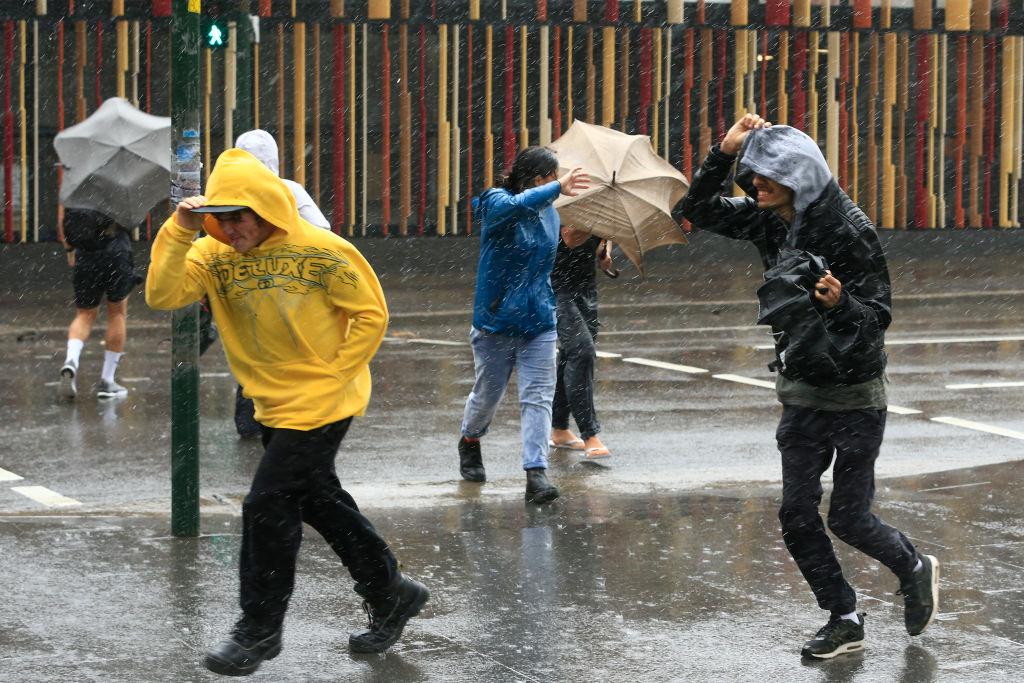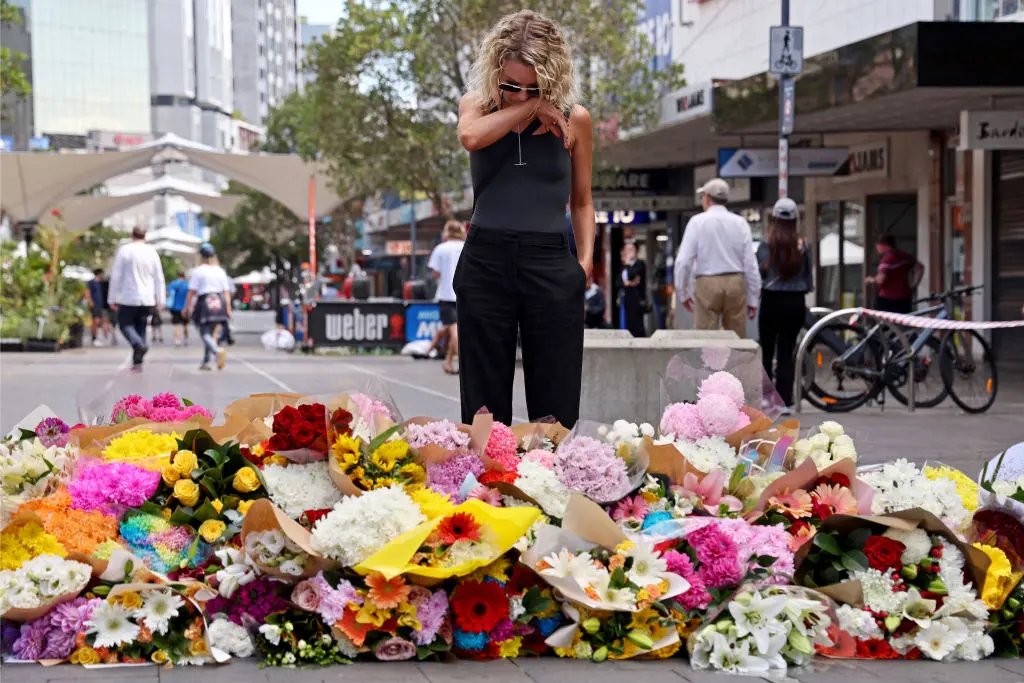NSW residents are in for a week of wild weather, with heavy rain and flash flooding, gale-force winds, cold temperatures and hazardous surf conditions expected to plague the coast.
A severe weather warning was issued for parts of the NSW Hunter region on Monday, with the Bureau of Meteorology forecasting heavy downpours, flooding, and damaging winds in excess of 90 kilometres per hour on the coast.





